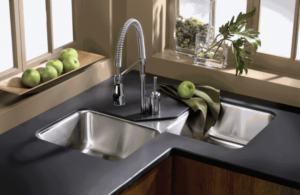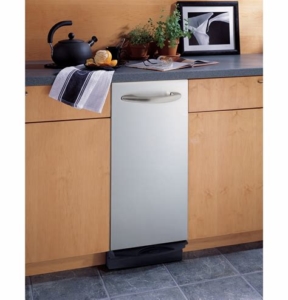

Why Use a Trash Compactor?
Permanently installed residential trash compactors run on electricity and use a small hydraulic system to crush trash down to a fraction of its original volume (sometimes down to 25%) in order to reduce the amount of non-biodegradable waste regularly generated by a household. Smaller and narrower than a dishwasher, they are a standard kitchen appliance in new-construction homes.
How They Work
Trash compactors have three main components: the motor; the ram; and the trash container drawer. The motor runs using household electricity, which activates the ram that is operated using hydraulics. Units vary by size, quality and cost. The loading capacity for the average home unit is generally around 25 gallons, and the compacting force can range between 2,000 pounds to 5,000 pounds, depending on type and quality.
Most units must be at least half full in order to work properly. To use the unit, non-food refuse should be placed or stacked neatly at the bottom of the drawer. When it is at least half full, the unit can be activated so that the ram compacts the drawer’s contents.
Safely Disposing of Household Trash
Generally, bottles, cans, cardboard, paper and plastic items and the like can be conveniently disposed of in a trash compactor. In order to minimize odors, containers that once held food and beverages should be rinsed before being placed in the drawer.
Trash compactors require the use of specially-fitted bags that, once filled, easily lift out of the unit for disposal or trash pickup.
Perishable food items can stain the unit’s interior and create unnecessary mess and foul odors, which is why they should not be disposed of in a trash compactor. These types of items should be discarded using a garbage disposal or food grinder, or recycled as compost waste.
Additionally, hazardous materials should never be placed in a trash compactor, as crushing them can have unintended consequences that can damage the unit, create an unsafe environment, and/or cause negative health effects. These include batteries, cigarette butts (which may not be fully extinguished), household rags used with toxic substances, cans and containers that held hazardous liquids and chemicals (as residue can spill out and cause damage or negative health effects), and similar items. These should be wrapped and disposed of separately, or recycled according to local guidelines or ordinances.
Safety Precautions and Sensors
As a safety precaution, trash must never be stuffed down into the bottom of the drawer with one’s hands or feet, as this can dent or offset the drawer and its rollers, as well as damage the hydraulics. Rough use and frequent misuse can lead to chronic problems with the unit and its components.
Caution should be used when removing filled bags, as items that have been crushed may create sharp protrusions. Many people wear gloves while removing bags for disposal.
The unit should always be locked, even when not in use. Curious children may wish to pull open the drawer and hide inside, or activate the unit, which is why they should never be left unattended around an unlocked trash compactor.
Spills around the unit should be immediately cleaned up for safety as well as hygienic reasons. Because trash compactors use electricity, spilled water or other liquids can cause the unit to short out or create an unsafe hazard for users.
Trash compactors have built-in safeguards, such as locks, misload sensors, tilt sensors, and drawer-monitor switches, which are designed to help prevent injury, over-filling and under-filling, as well as detect when trash has been accidentally placed within the unit but outside the drawer (such as behind the drawer where the ram and hydraulics are located). However, because they are constructed of many mechanical parts and electrical wiring, trash compactors can malfunction and chronically break down if not used and maintained properly.
Repairs and replacing parts should be performed by a qualified professiona
Home Run Inspections
405-905-9175, 850-203-3239
Info@HomeRunInspections.com
We cover all of the bases!
Serving: Oklahoma City, Edmond, Yukon, Moore, Norman, Purcell, Midwest City/Del City, Bethany, El Reno, Shawnee, Harrah, and more.
Schedule your inspections now Online at:
Schedule Now!
Follow us on
Like us on FaceBook
Follow us on Twitter
Follow us on Instagram: Instagram
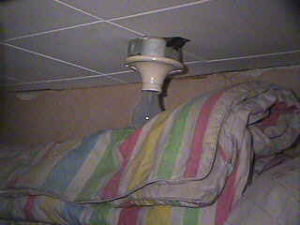

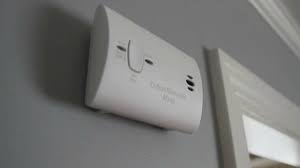
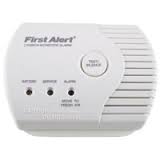

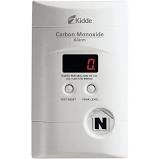
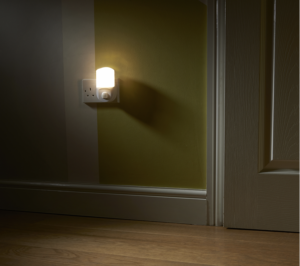




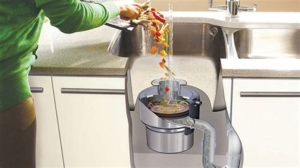

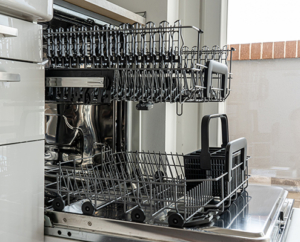 How Does a Dishwasher Work?
How Does a Dishwasher Work?